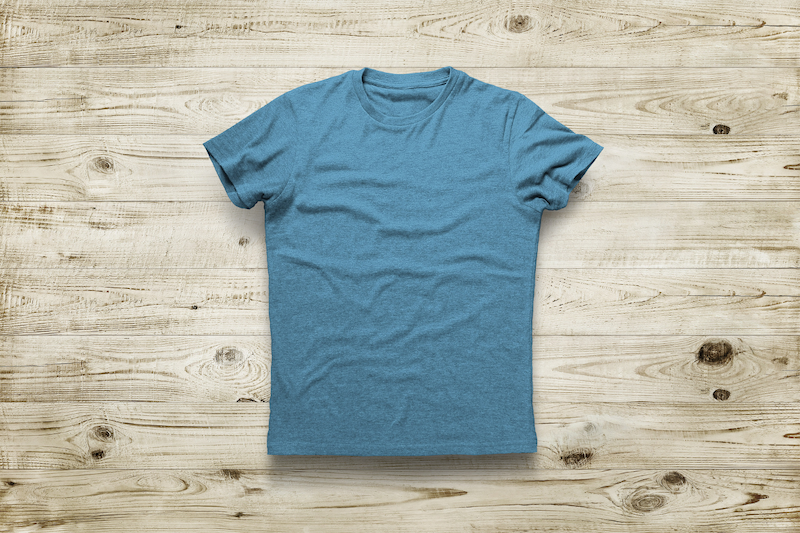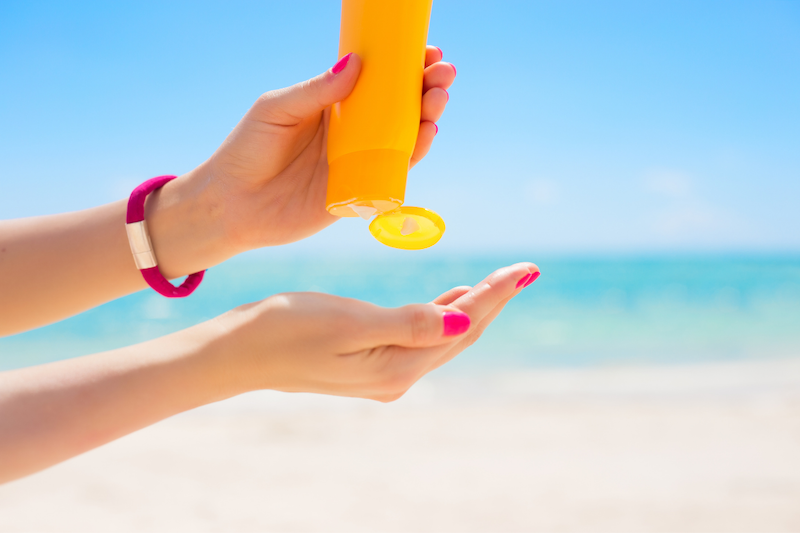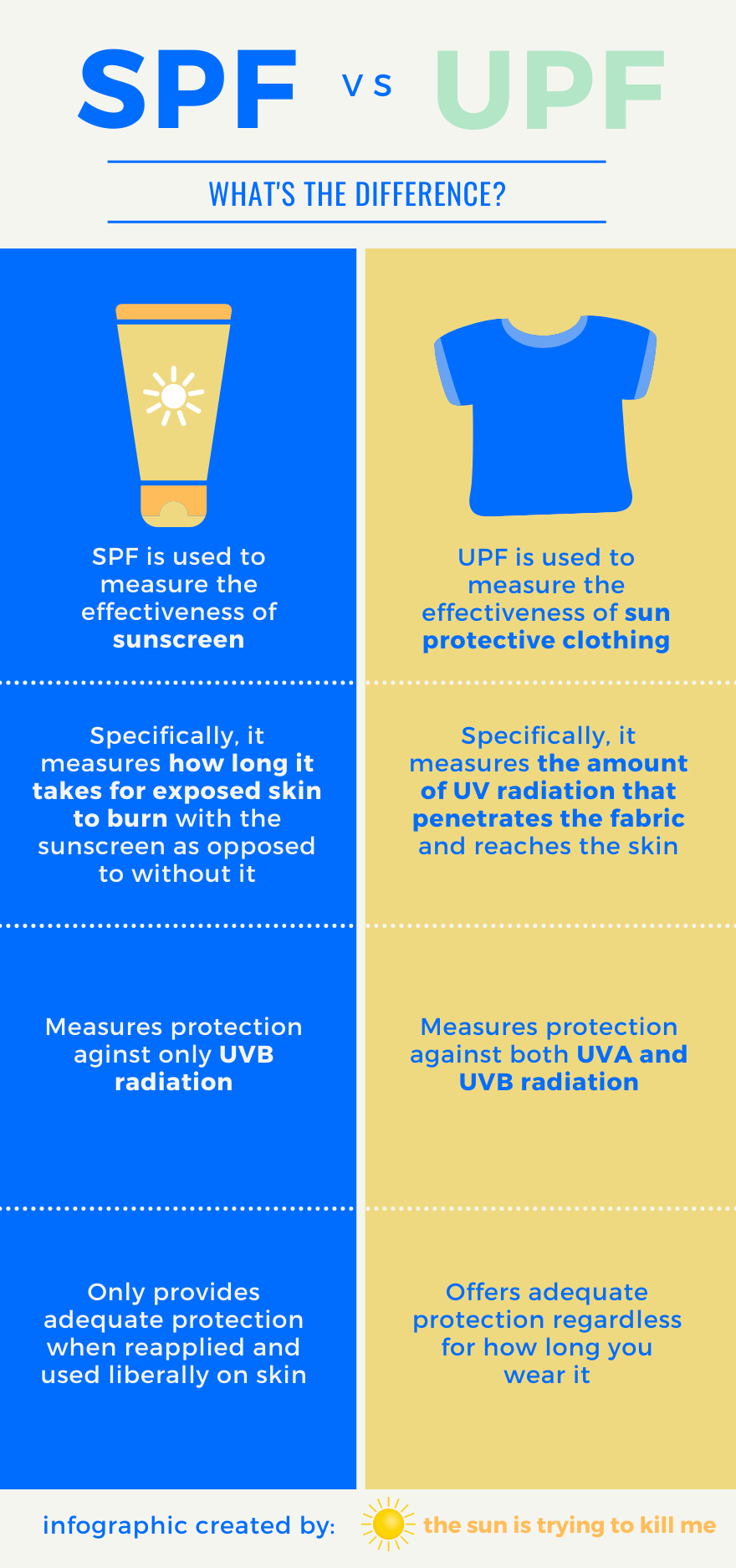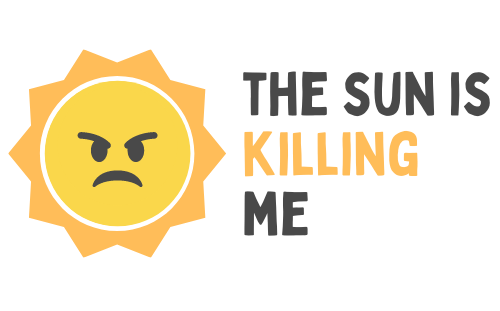Both UPF and SPF relate to a product’s ability to protect your skin from the sun, but have different meanings and use. So what do these terms really mean, and how are they used to protect consumers from the sun?
What is the difference between UPF and SPF?
In a nutshell, SPF measures the effectiveness of sunscreen, whereas UPF measures the effectiveness of fabric in blocking UV radiation.
UPF: Rating Designed for Fabrics
UPF is an abbreviation for Ultraviolet Protection Factor. UPF is a rating system that measures the effectiveness of sun protection fabrics, describing the amount of UV radiation that penetrates through the fabric material and reaches the skin.

UPF numbers range from 0-50+ with 50 allowing only 1/50th (aka 98%) of the sun’s UV rays to pass through the material. Fabrics with low numbers such as 0 or 1 are not effective in preventing UV radiation.
A material’s UPF factor is determined by placing a fabric sample over an electronic sensor, which sends out a uniform beam of UV radiation. The electronic sensor then measures the amount of UV radiation that penetrated through the fabric.
The UPF rating system helps consumers compare sun protection clothing and determine which product will provide more protection against UV radiation. UPF-rated material also indicates that the fabric blocks both UVA and UVB rays – as opposed to some sunscreens only designed to block UVB rays.
To receive The Skin Cancer Foundation’s Seal of Recommendation, sun-protective clothing needs to have a minimum UPF of 30.
SPF: Rating Designed for Sunscreen
SPF is an abbreviation for Sun Protection Factor. SPF measures the effectiveness of sunscreen, describing how long it will take sun-exposed skin to burn when using a sunscreen with this rating.

To work out the SPF of a sunscreen, laboratory tests are carried out on an untanned patch of skin (such as the buttocks) of human volunteers.
Sunscreen is applied liberally to the skin, which is then exposed to simulated sunlight via UV lamps. Measurements are taken of how long it takes the skin to get a minimal burn when covered with sunscreen, and how long it takes to get the same minimal redness without it.
To get the actual SPF number, labs use a mathematical formula where the number of seconds it takes for sunscreen-covered skin to redden is divided by the number of seconds it takes for the skin to redden without sunscreen.
So for example, if it took 450 seconds for the skin to burn without sunscreen, and 10 seconds to burn without any sunscreen, 450 / 10 = 45, resulting in an SPF factor of 45.
Keep in mind lab-testing a sunscreen’s SPF only indicates how well the sunscreen protects against UVB radiation, not deeper-penetrating UVA rays. Ideally, you’ll want a sunscreen that protects against both – look for the “broad spectrum” label to ensure the sunscreen protects against both UVB and UVA radiation.
Keep in mind that some UV radiation can always get through to your skin, regardless of the SPF rating. No sunscreen is 100% effective at blocking sunburn and skin cancer.
It’s also important to always cover your skin adequately with sunscreen. The lab tests where SPF is measured involve a patch of skin that is liberally applied with sunscreen.
Unfortunately, the average user doesn’t usually apply sunscreen thickly enough, resulting in false confidence. On top of that, sunscreen can be rubbed off by sweat or clothing and needs to be reapplied every two hours to provide appropriate protection.
Many consumers opt for the highest UPF rating they can find on a sunscreen bottle. After all, a higher SPF means more protection, right? Well, not exactly. Or at least, it doesn’t make as much a difference as folks might think.
Due to the way SPF ratings are measured, an SPF 50 sunscreen filters out 98% of UVA rays, while an SPF 30 sunscreen filters out 96.7%. Sure, it’s a bit less, but barely so. An in fact, if applied properly, an SPF 30 will give better protection than an SPF 50+ sunscreen that was applied too thinly or not reapplied often enough.

***
FAQs About SPF vs UPF
What is the difference between SPF and UPF?
SPF, or Sun Protection Factor, is a measure of how well a sunscreen will protect your skin from UV rays. UPF, or Ultraviolet Protection Factor, is a measure of how well an article of clothing will protect your skin from UV rays.
What’s the difference between UPF vs SPF clothing?
There is no such thing as SPF clothing.
UPF is a rating system for apparel that indicates how well the fabric protects your skin from ultraviolet (UV) rays. SPF is a rating system for sunscreen that indicates how long the sunscreen will protect your skin from UV rays.
Some individuals may misunderstand or confuse these terms and refer to certain pieces of clothing as SPF clothing, but this is not possible since SPF is a rating that only applied to sunscreens. Instead, sun protective clothing should referred to as UPF clothing.
Does UPF wash out of clothing?
It depends on how the UPF clothing is designed. Many articles of clothing are designed to block out the sun due to the type of fabric and weave used – the rating is based on the fabric material alone.
For these types of clothing, the fabric may stretch, wear, and tear over time, lessening the UV-blocking effectiveness. But a few cycles in the washer won’t do much.
In some cases, UV-blocking clothing is also treated with a special formula to increase the UPF rating. These treatments will wash out over time – but again, it won’t happen instantaneously.
Is UPF better than SPF?
There isn’t necessarily a better option – it just depends on what you’re looking for. UPF clothing is great for those who don’t want to worry about applying and reapplying sunscreen. SPF sunscreen is better for those who want to have more exposed skin when outdoors and don’t mind regularly applying lotion or spray.
UPF and SPF are rating factors designed to help consumers better protect their skin from the sun. Ideally, you’ll want UPF and SPF-rated gear, as both are important to provide adequate protection from the sun – wear clothing with a high UPF rating, and use at least 30 SPF, broad-spectrum sunscreen as well.
What kind of UPF and SPF ratings do you look for? Do you always opt for 50 or higher SPF sunscreen, or do you stick with 30 SPF? Share your thoughts in the comments!


1 thought on “UPF vs SPF: What is the Difference?”